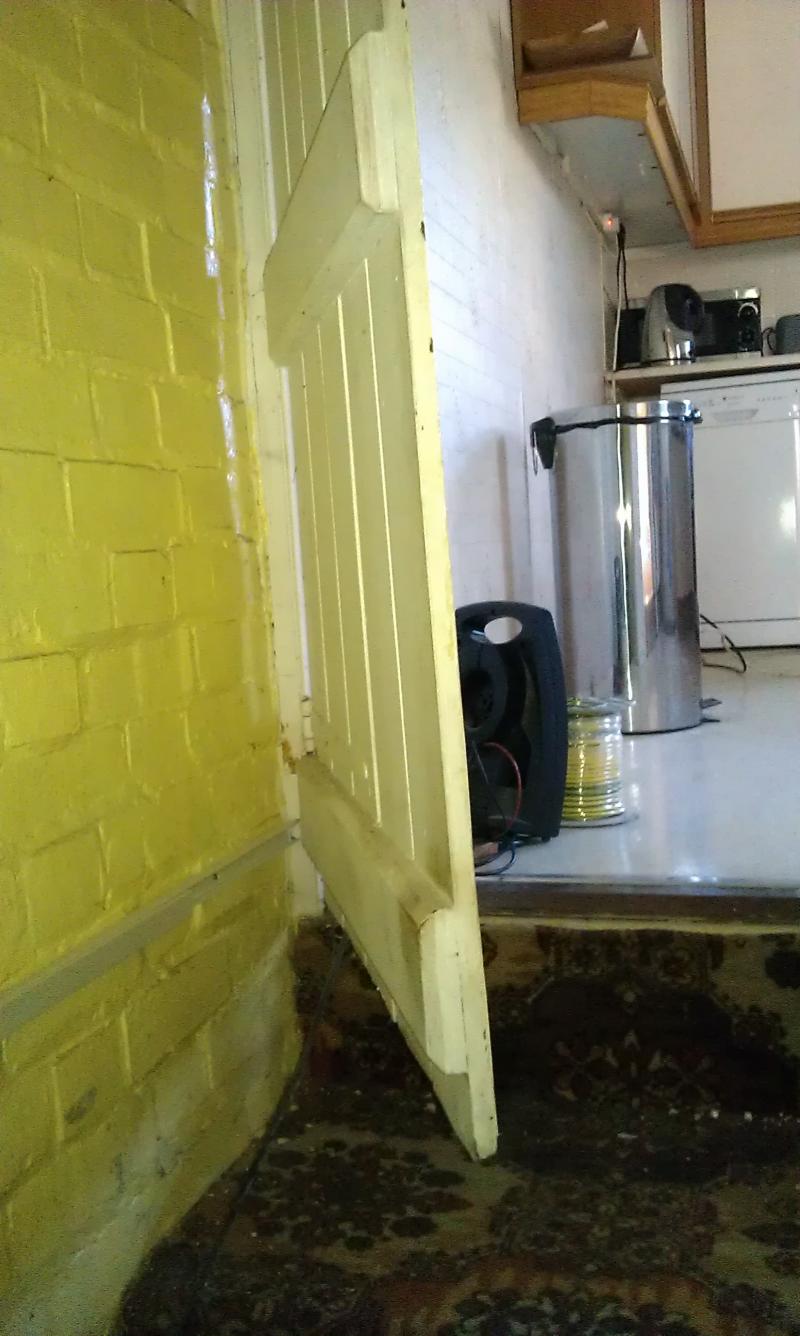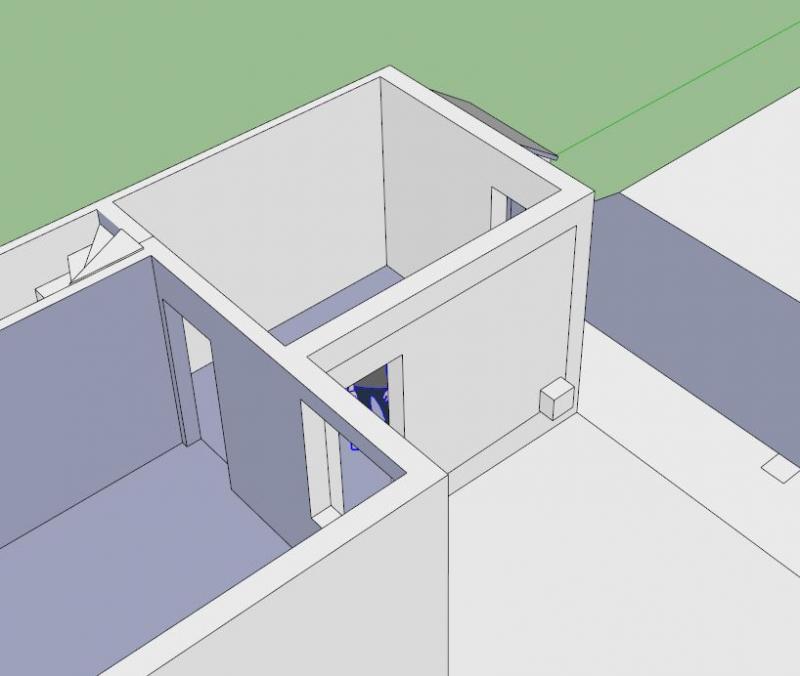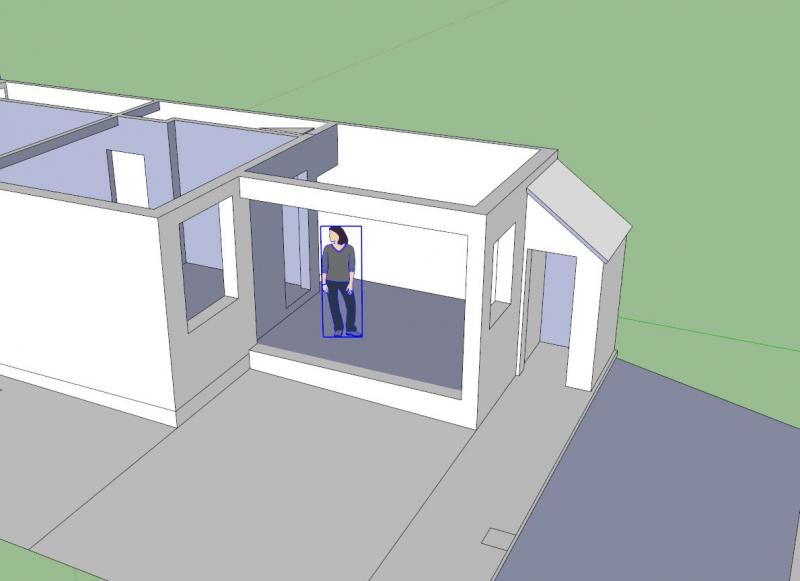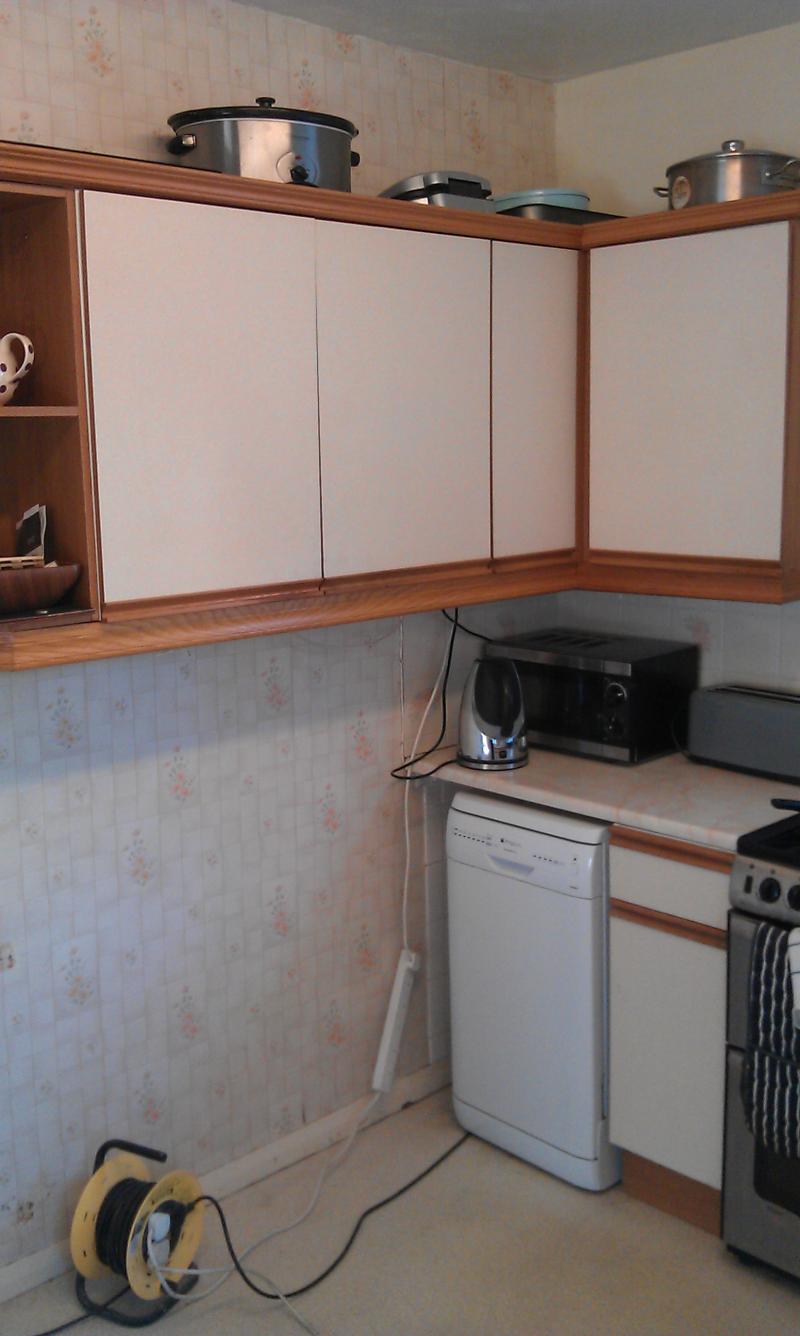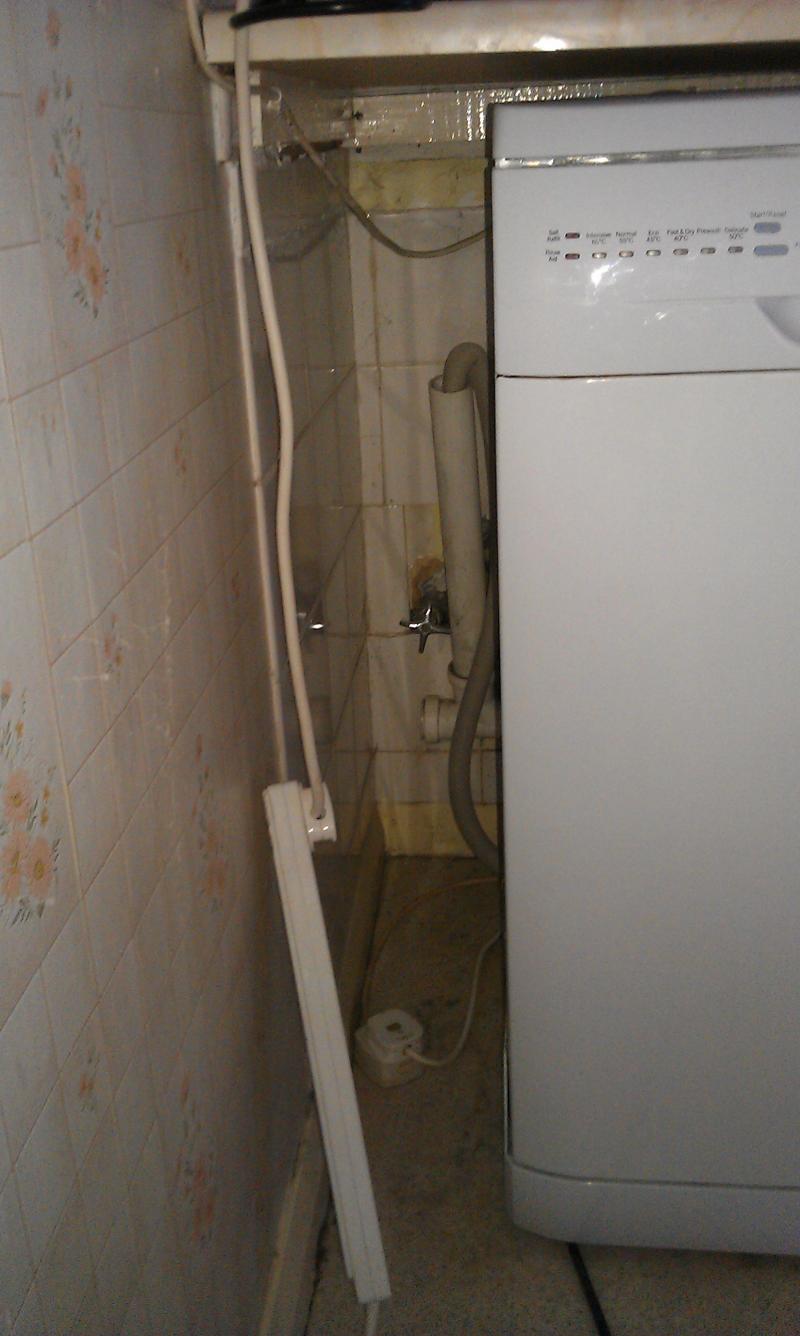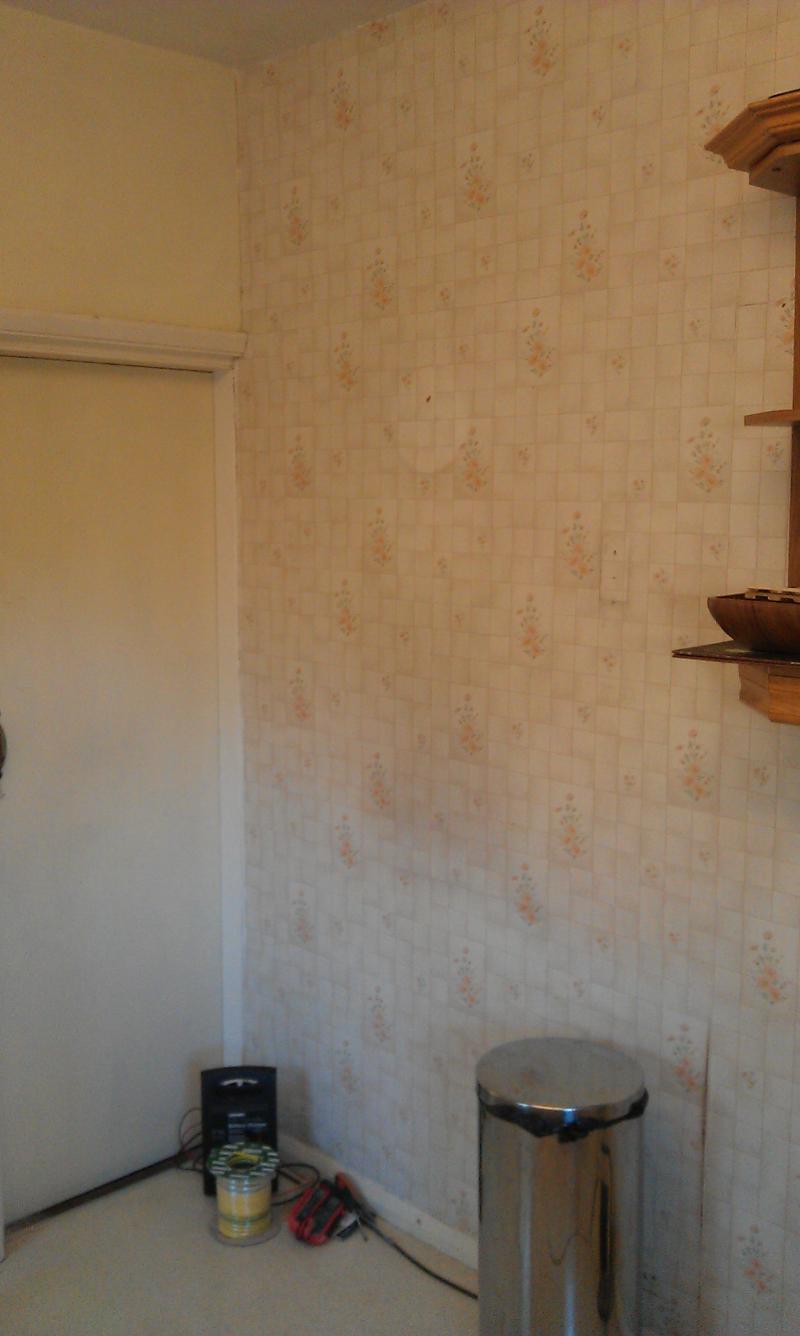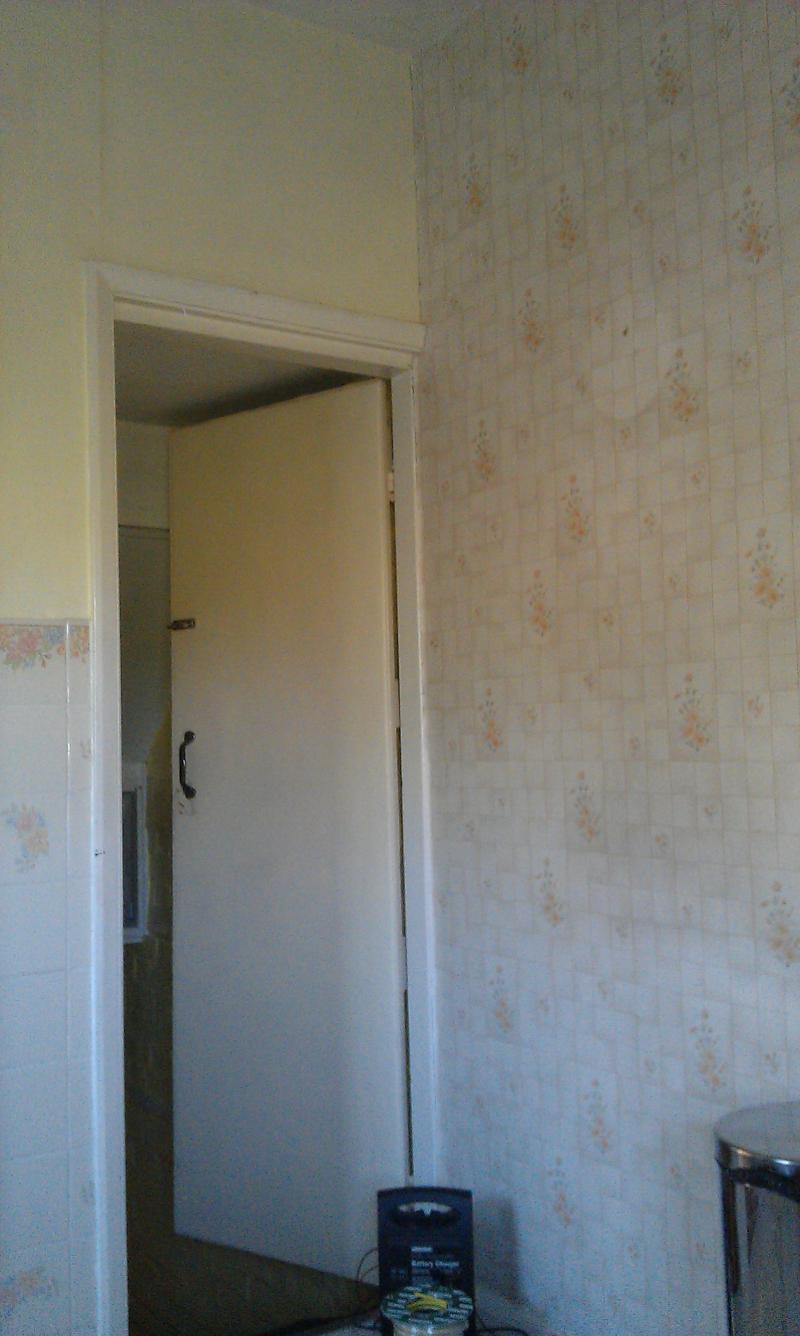I’m going to have to run the water supply earth bonding along the safe zone along the bottom of a wall in the kitchen. The wall is a brick wall, dry lined, with approx. 1.5” thick battens. I really don’t like having to use this bit of the safe zone (especially for earth bonding) so I’m looking to put some metal plates over where the cable passes through the battens/studwork to prevent me drilling the cable in the future.
http://www.tlc-direct.co.uk/Main_Index/Cable_Accessories_Index/Necessities~Cable_Protection/
Does anyone think BCO would fail a first fix inspection because of this? I don’t think it contravenes any regulations.
Thanks guys.
http://www.tlc-direct.co.uk/Main_Index/Cable_Accessories_Index/Necessities~Cable_Protection/
Does anyone think BCO would fail a first fix inspection because of this? I don’t think it contravenes any regulations.
Thanks guys.


